Amazon unveiled today a big renewable energy project at Greater Cincinnati/Northern Kentucky International Airport — a large rooftop solar unit at the Amazon Air Hub there — and a solar farm operated by Silicon Ranch in Garrard County.
Amazon is supporting a growing number of renewable energy projects across Kentucky that will provide clean electricity to power local homes and businesses, create jobs, drive economic development, and also help power Amazon’s local operations, which include fulfillment and sortation centers, delivery stations, and Whole Foods Market locations.
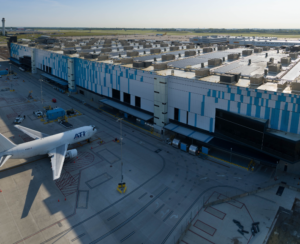
Amazon now has a total of five solar energy projects in Kentucky, and once fully operational, the projects are expected to generate more than 915 gigawatt-hours (GWh) of clean energy, which is the equivalent amount of electricity needed to power roughly 86,000 U.S. homes each year.
Amazon is on a path to power its operations with 100% renewable energy by 2025, and is the largest corporate purchaser of renewable energy in Kentucky and worldwide, according to BloombergNEF. Amazon currently has a total of 30 renewable energy projects across the Southeast region, including solar and wind projects in Arkansas, Florida, Georgia, Kentucky, Louisiana, Mississippi, and North Carolina, which will have a total capacity of more than 7,500 gigawatt-hours (GWh) of power once the projects are fully operational – enough to power more than 713,000 U.S. homes each year.
“As Amazon moves to power our operations with 100% renewable energy, we’re proud to support new solar and wind projects in Kentucky and across the southeast, where local communities and our customers can also benefit from them,” said Amazon Director of Energy and Sustainable Operations Chris Roe. “These projects are helping provide clean energy to local grids, create jobs, support local businesses and farmers, and boost the rural tax base, which are all part of Amazon’s broader commitment to become a more sustainable company.”
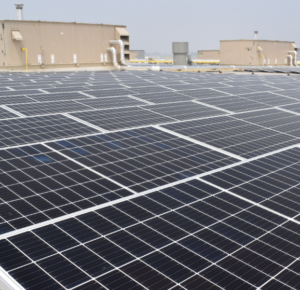
The CVG project with Amazon and Duke Energy
At Amazon’s Air Hub at CVG airport, Amazon partnered with Duke Energy to build a two-megawatt alternating current (MWac) solar project on the rooftop, which consists of more than 5,600 solar panels. Amazon is leasing the roof free of charge to Duke Energy, which worked with Amazon’s team to install the panels. Duke Energy operates the system, which is now feeding all of the electricity it generates into the local grid to help power nearby homes and businesses.
“I want to congratulate Amazon and Duke Energy for their collaboration that demonstrates both companies’ commitment to move towards a more environmentally friendly energy future for Kentucky and for their work that creates healthier communities,” said Kentucky Energy and Environment Cabinet Secretary Rebecca Goodman.
Amy Spiller, president of Duke Energy Ohio and Kentucky, agreed with the positive cleaner energy benefits.
“This solar project is the result of close collaboration between Duke Energy and Amazon, and reflects our companies’ respective goals to achieve net-zero carbon emissions, as well as our commitments to support a cleaner energy future for our customers and communities.”

Turkey Creek solar project in Garrard County
At Amazon’s Turkey Creek solar project in Garrard County, a rural farming community of less than 20,000 people, the farmland under the solar panels is being managed using local agriculture, thanks to a partnership with local sheep rancher Daniel Bell, owner of Hazelbrook Farm, and the project’s developer and landowner, Silicon Ranch.
Bell’s sheep are being used as part of a managed approach to grazing, which will prevent the vegetation from becoming overgrown and interfering with energy production, while also improving soil health and ecosystem function. The panels in return provide a source of shade for the sheep.
The partnership is making it possible for Bell to triple the size of his flock to nearly 1,000 sheep and turn the parttime farm into a fulltime, multi-generation operation by creating a year-round shepherding job for his son Canaan, who was previously employed as a local factory worker. The family plans to hire additional employees in the coming months to support the farm’s growth.
The Bells sell their sheep to a local meat distributor, who is a supplier for Whole Foods Markets, a grocery chain owned by Amazon with locations in Kentucky and Ohio.
“This is the opportunity of a lifetime,” said Bell, who originally noticed the solar farm being built and reached out to Silicon Ranch. “People want to be farmers, but it’s very hard to be profitable. I always dreamed of being a fulltime farmer, and wanted that opportunity for my kids, and now they have it.”
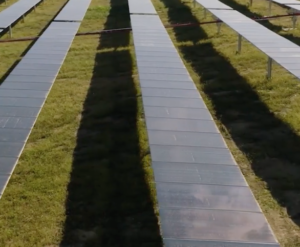
“As the long-term owner and operator of every project we develop, we understand and embrace our obligation to be responsible stewards of the land we own and to be productive members of the communities where we locate,” said Silicon Ranch Co-Founder and CEO Reagan Farr. “Through our Regenerative Energy® platform, we are proving that marrying solar and agriculture on one piece of property generates important social, economic, and environmental benefits for our communities, and over the past few years, we have demonstrated that we can make the land under and around our solar panels better than when we initially found it. We have built a talented team to help advance this important mission, and we are pleased to extend this meaningful legacy to Garrard County, Kentucky.”
Amazon has invested more than $27 billion in Kentucky since 2010, including infrastructure and compensation to its employees, and has added more than $23 billion to the state’s GDP connected to Amazon investments. The company has created more than 23,000 full- and part-time jobs as of January 2023. The company’s local operations currently include the Air Hub, 12 fulfillment and sortation centers, four delivery stations, and two Whole Foods Market locations.



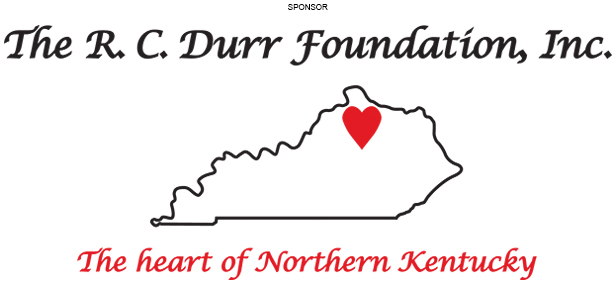




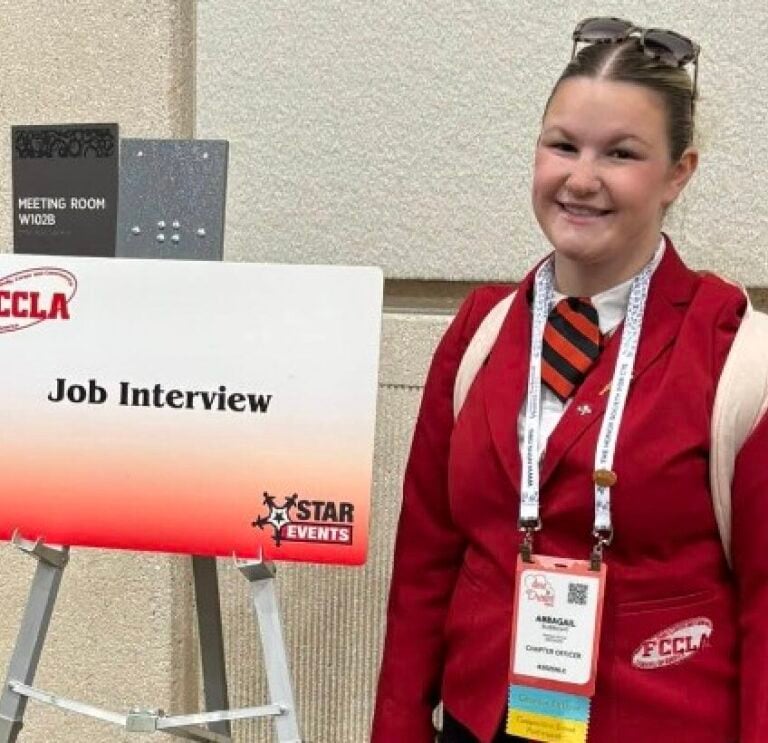

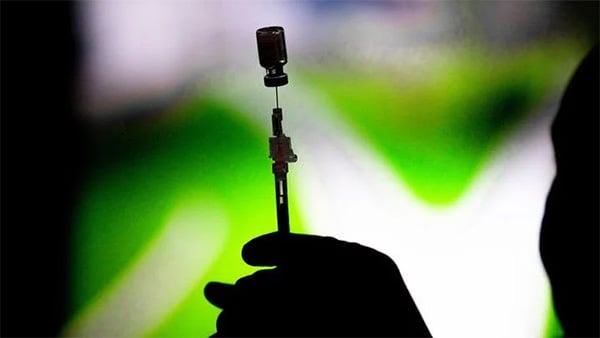




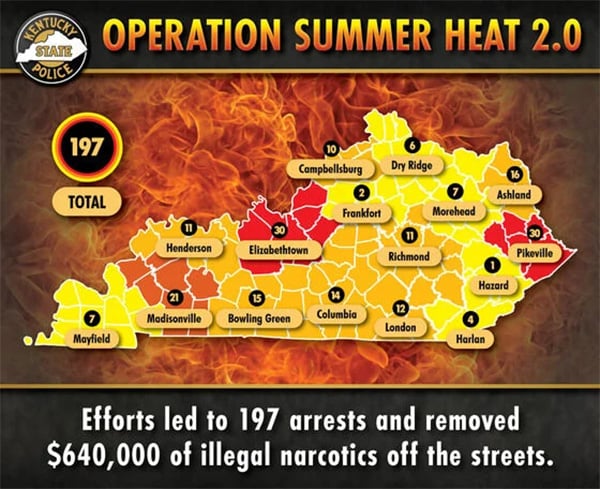


This is the kind of thinking that I assumed folks were capable of when I started environmental activism ca. 2013-4, but sadly the kind of thinking that I have rarely seen or encountered since that time. Perhaps things WILL start moving in the right direction given examples like these that show it’s indeed possible to do something creative, positive, and help save the earth. Bravo and thanks!